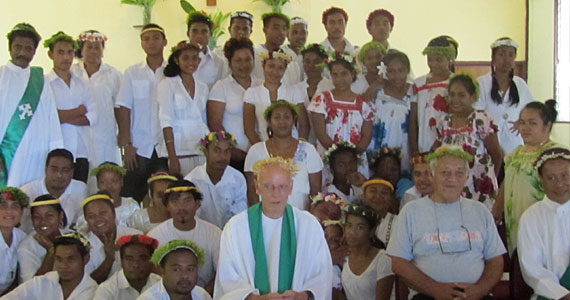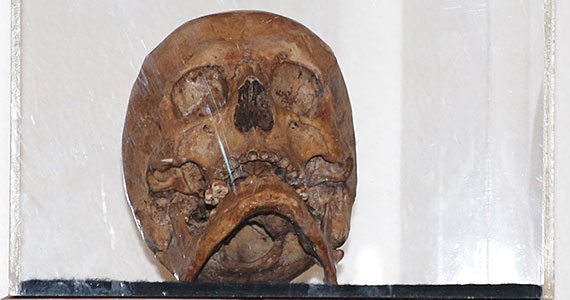Easter 2012: He is Risen…Or Is He?
Long ago when I was ordained a priest, I promised myself that I would never say anything in a homily that I didn?t fully believe.? So for my Easter Sunday homily here at Oceanside, NY, I fell back on a message I?ve used before.? It?s less about pulling Easter bunnies out of hats, or finding that golden Easter egg in the hunt.? It?s more about the problems that the Easter promise presents for anyone who gives a second thought to the world around us.
Evil is supposed to be the absence of good, but it seems that just the opposite is the case.? Signs of evil are all around us.? Pick up the newspaper and just flip through the pages.? Syrians being killed by their government, children starving slowly, more decapitated bodies found in Sonora, and stories aplenty of deceit, fraud, and violence.? Evil seems to grin out at us from everywhere, almost as if it were defying us to wish away its existence. ?I’ve?certainly felt that at times.? I?m sure you have, too.
Moreover, what we find in the scriptures as the basis of our hope presents the same picture.? The suffering and death of Christ is so detailed and vivid in the gospels that we have no problem imagining the blood and the sweat and the agony. You can practically hear the whip hit the back of Jesus. But once the subject turns to new life, everything become wispy and insubstantial: missing bodies and discarded robes, tales of ghost-like appearances, and whispered stories of marvels (or was it the imagination playing tricks on gullible believers?).
Why is it that everything bad seems so much more real than the good?? If this is the case on the world scene, it is probably also true in the personal lives of many of us.? It is for me.
We?d like to believe that the world is changed for the better, so we scramble around looking for little scraps of evidence to support our belief in new life.? An uplifting story here or there of heroic love, a couple of lives mysteriously turned around, an example of someone picking himself from the garbage can and rising to new heights.? In other words, we are invited to do the same thing as Jesus? disciples?to believe in new life and restored hope, despite all the evidence to the contrary.? Meanwhile, like the disciples, we search out any little hints that might sustain our belief that the light will overcome the darkness, even if the light seems to be no more than a flickering candle, and that the world is somehow reborn.
Happy Easter!





